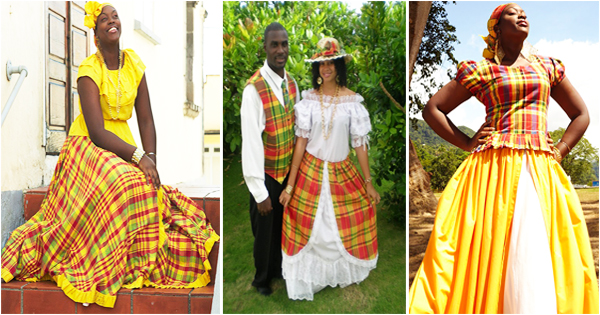
Dominica’s traditional clothing
Dominica is a country and island in the Caribbean archipelago, with a population of about 70,000. It is a former English colony, independent only since 1978 and its capital is Roseau. The island of Dominica is often confused with the Dominican Republic.
Dominica is the small wild island that separates Guadeloupe from Martinique. Indeed, it is located between the French islands of Les Saintes and Marie-Galante (two dependencies of Guadeloupe) to the north, and Martinique to the south. It is an island very little visited by tourists with 89% black, 7.2% Métis, 2.5% Amerindians, 0.4% white and 0.9% other ethnic groups. Dominica owes its wealth to the diverse influences of Caribbean, African and European ancestors. The inhabitants speak Creole, English and French.
On 3 November, Independence Day and National Day of Solidarity, Dominica dresses in traditional dress. The colourful clothing often features batik inspired check patterns. Women in particular wear this unique style of clothing. A true national pride, women wear the traditional Creole costume for about 3 weeks. In this way they recognize their African and European heritage. People all over the island are encouraged to practice traditional Creole wear, marked by West African check patterns and European-style cuts.
Beauty contests, known as Mrs. Wob Dwiyet (for mature women) and Miss Wob Dwiyet (for young women and teenage girls) have helped keep this tradition alive and vibrant. During competitions held in the capital, Roseau, during the period of independence, women dressed in traditional Wob Dwiyet costume, but they were judged on their mastery of traditional movements and their knowledge of Dominican culture. International editions of the competitions are also held in the United States and Canada, with winners often competing in the main competition in Roseau. Traditional clothing is also worn on Sundays and holidays..
Composition of the traditional wear of Dominica :
Traditional Dominican women’s clothing.
- Wob Dwiyet dress.
Considered an important part of Dominica’s colonial heritage, the “Wob Dwiyet” is the national wear. Indeed, the Wob Dwiyet dress (Creole, from the French dress) is part of Dominica’s national clothing and is a national symbol of Dominica. These dresses evoke the costume of West African and French provincial women. Known as a quadrille in Jamaica and Haiti, the ‘madras’ is often worn as part of a folk dance costume.
Woman is wearing the Wob Dwiyet dress, made of madras, which has long sleeves, a scarf, lace and pleats in the dress. It is a traditional five-piece costume. The Wob Dwiyet is a rather expensive dress, because if you are looking for quality, you need about 8 meters (5 meters) of material, just for the outer dress. Then it has to be lined with cotton, and that really takes a lot of fabric and a lot of time, that’s why it’s so expensive, you can pay more than 300 $ CE (about £75) for a Wob Dwiyet, it’s not for the whole outfit, it’s just the dress.
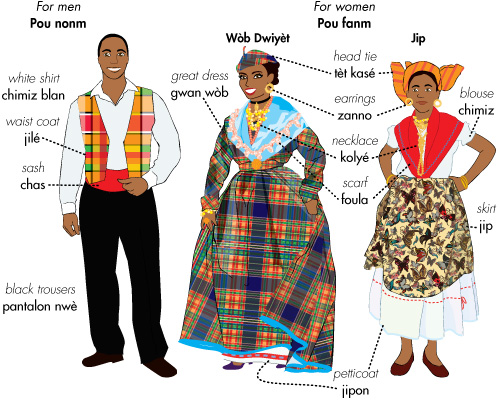
- Le jip.
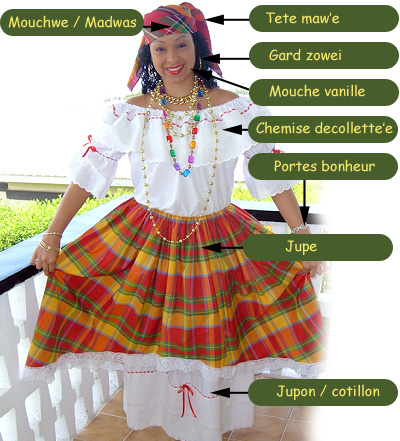 Now there is a version of the national clothing designed for young people, because the Wob Dwiyet is very warm and very expensive. In fact, it was adopted in the 20th century in its simplest form.
Now there is a version of the national clothing designed for young people, because the Wob Dwiyet is very warm and very expensive. In fact, it was adopted in the 20th century in its simplest form.
More and more young people were complaining that this was making them old. Hence a lady called Cece Caulderon developed the Jip outfit as a smaller version of the Wob Dwiyet. In the Jip, you don’t get the long-sleeved dress. Instead, you have a white blouse called the Décolletée Shirt in the sense that it is open at the neck with a lot of frills and English embroidery.
There is also a pretty white blouse and skirt, which you wear with black shoes, never white shoes. The skirt would be made with Madras fabric or floral. They use floral material, sometimes because they go back to their days Isadore. Isadore is a feast in Grand Bay, parish, where there were groups of people from different plantations, who come to church and have fun. They dressed with floral material, even more than the madras and this was still a representation of African heritage..
Women and children used it as a costume during the carnival season, for example the dances for Saturday Fat and for Monday and Tuesday Jump-Up. Traditionally, Dominicans have worn the Jip for informal events. Today, the Jip is worn mainly during National Independence Day and when traditional dances are performed.
|
|
- Other accessories.
So women also wear a straw hat with a Madras tie, a white cotton shirt with short sleeves and lace, a Madras skirt (jip in Dominica) over a lace petticoat. The costume is completed by large gold jewels on the arms (bracelet), ears (earrings) and neck (necklaces). The set of the modern Dominican woman contains a handkerchief, scarf, skirt, shirt, and lace petticoat, as well as gold jewellery.
Traditional Dominican men’s clothing.
 Traditionally, male costume worn in Dominica was the same as that of the colonials, which is a white long-sleeved shirt, jacket, vest, hat, cane, etc.. Accessories include a gold watch suspended from a gold chain and gold cufflinks and gold brooch.
Traditionally, male costume worn in Dominica was the same as that of the colonials, which is a white long-sleeved shirt, jacket, vest, hat, cane, etc.. Accessories include a gold watch suspended from a gold chain and gold cufflinks and gold brooch.
Typically, men’s clothing has evolved at a much slower rate compared to that of Creole women. As formalities have become less strict with the passage of time, men’s clothing has lost some of its layers and has decreased to a white shirt, black pants, red band or cummerband and or bow tie and black shoes and socks.
Specifically, man is wearing a vest with a madras tie, over a white shirt and black trousers. That is to say, men dress in white long-sleeved shirts, the belt that is worn around the waist, which is always red, coming directly from the London influence. The African influence can be seen through the use of colour. This material was worn alongside the basic colours of white black and red and added the colourful dimension to the national wear of men.
Madras fabric is worn in the form of a vest we call a Gillette and we also use it as a shoulder band worn over the body. Sometimes a cummerbund is also added. Sometimes men also wear a Kofi in madras which is a small cap with the peak just at the rounded part and again [the name] is a reminder of our African origin.
The Kofi is usually worn for ceremonial purposes, especially when males go so far as to adapt a coat that they can throw on their white sleeves. So now, if you can visualize a man wearing his full ceremonial dress, he has his Kofi, jacket, tie and vest made of madras.



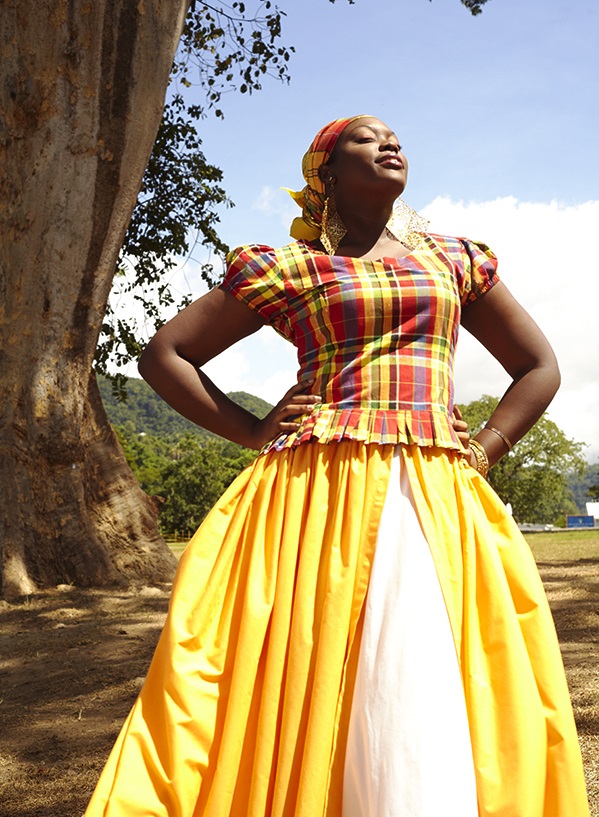
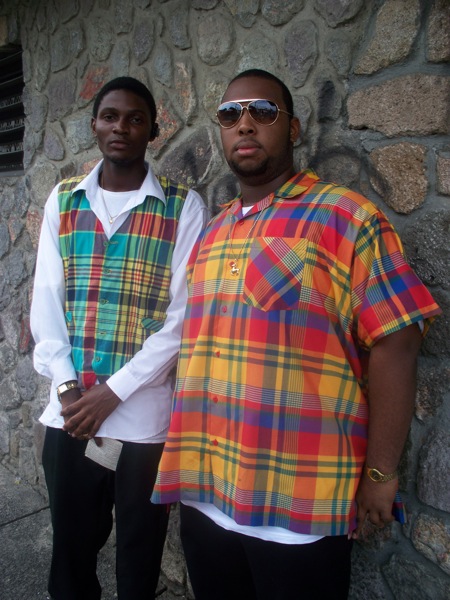
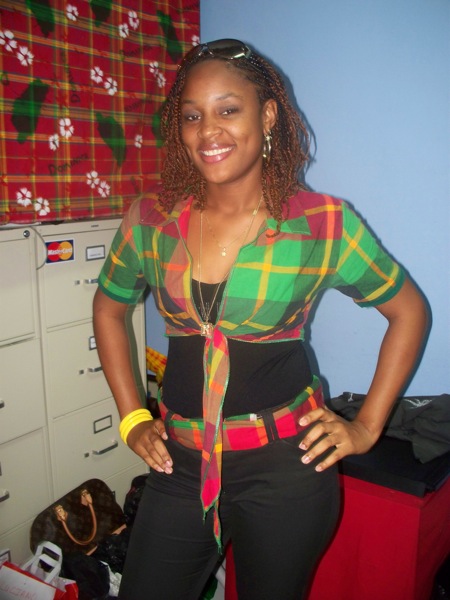
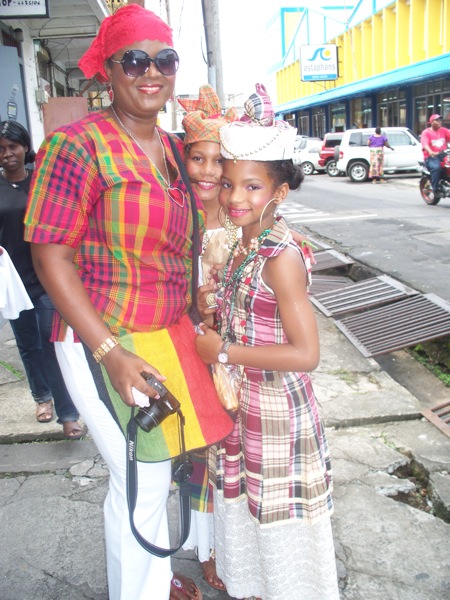
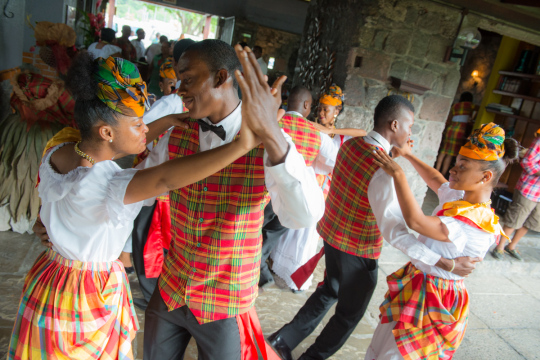
|
SHOPPING |
What do you think?
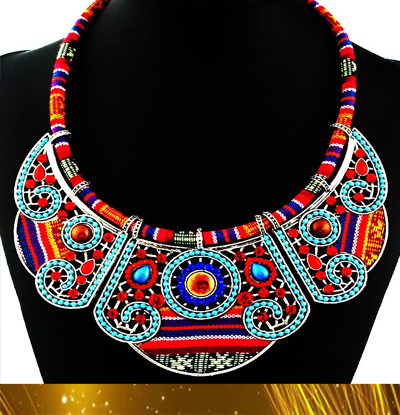
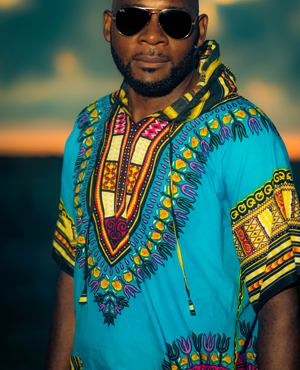






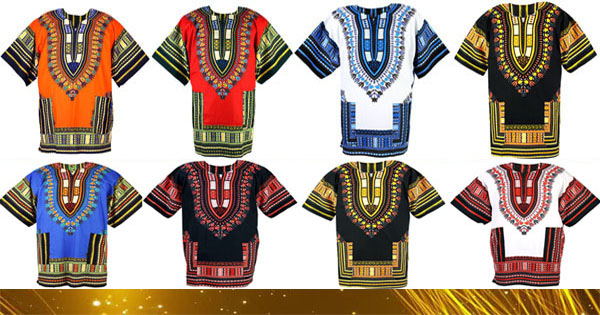
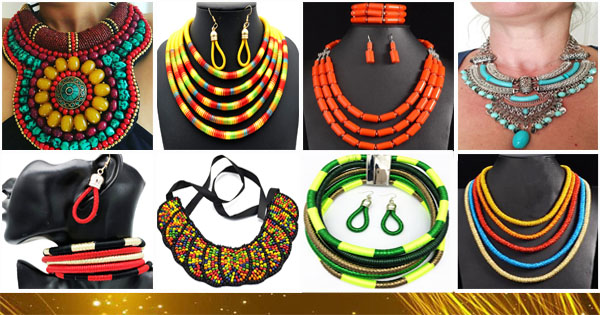
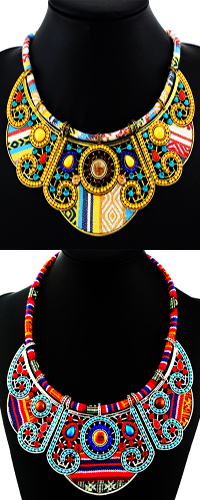


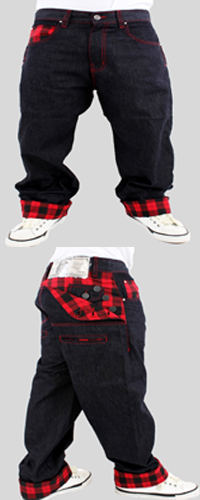
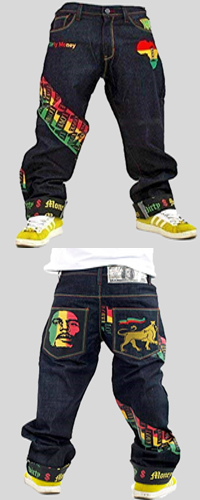
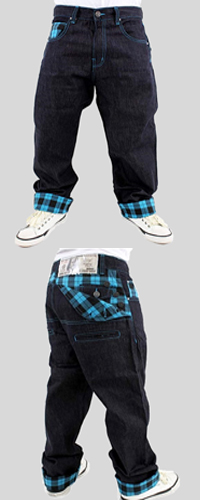
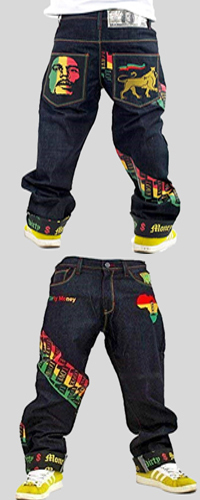
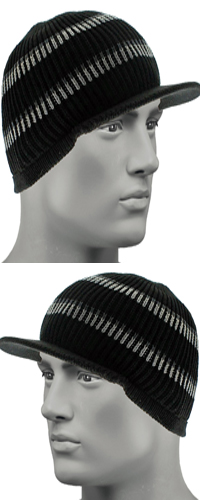

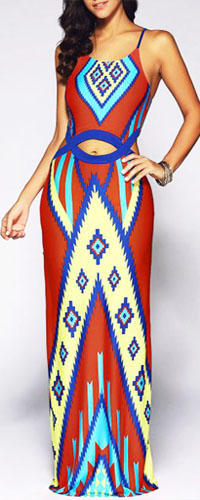
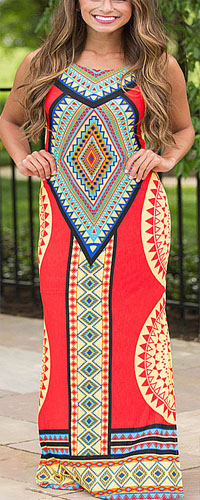
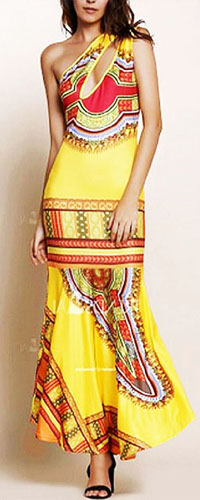
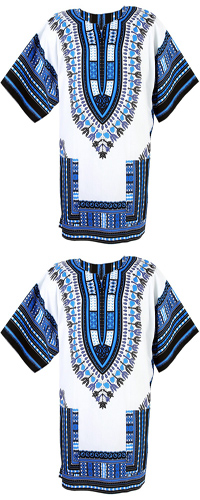
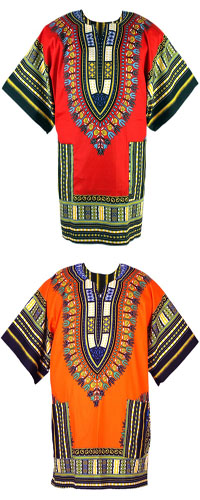
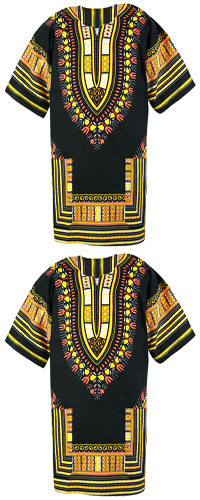

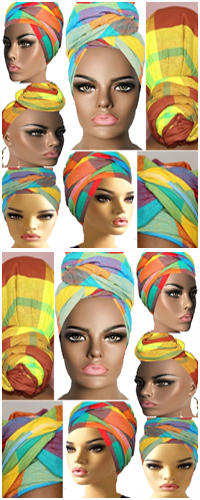
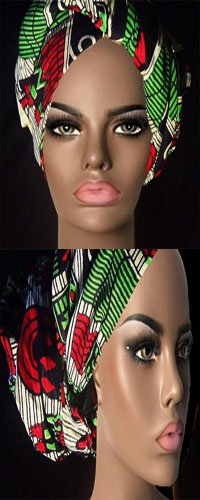


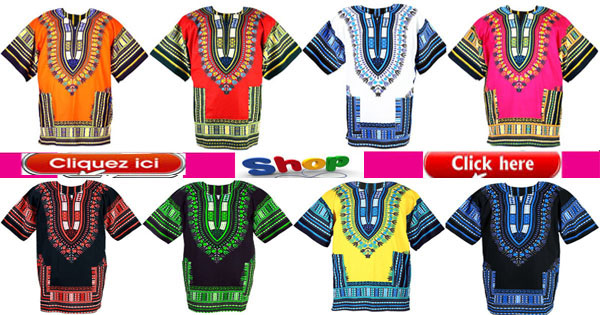
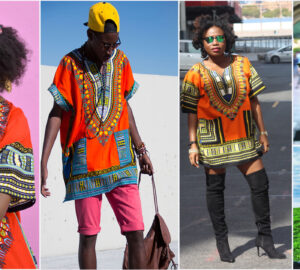
I live in London, UK where can I get a Wob Dwylet made for me?